GUIDE
In today's fast-paced digital landscape, organisations find themselves navigating an ever-growing sea of digital assets. From images and videos to documents and presentations, the sheer volume of digital content can overwhelm even the most seasoned professionals. Enter Digital Asset Management (DAM), a transformative solution that empowers businesses to efficiently organise, store, and retrieve their valuable digital resources. But the true power of DAM lies not only in its robust organisational capabilities but also in its ability to seamlessly integrate with other systems and tools.
Imagine a world where your marketing team can effortlessly pull the latest branded materials from your DAM system into their design software. Or, consider the efficiency gained when your e-commerce platform automatically updates product visuals based on the assets stored in your DAM. Integrations can transform these scenarios from dreams into reality, driving productivity and innovation across your organisation.
Integrations with DAM systems are not a one-size-fits-all solution. They require careful consideration of your unique business needs and the ecosystem of tools you currently utilise. Whether you aim to enhance collaboration, streamline workflows, or ensure consistent branding, understanding the integration capabilities of your DAM system is crucial to unlocking its full potential.
In this guide, we will delve into the essentials of DAM integrations. We will explore the benefits, challenges, and best practices for integrating DAM with various platforms and technologies. Join us as we uncover how strategic integrations can elevate your digital asset management strategy, creating a more cohesive and efficient digital ecosystem. Whether you are new to DAM or looking to optimise your current setup, this exploration will equip you with the insights needed to harness the true power of digital asset management.
Introduction
In today's fast-paced digital landscape, organisations find themselves navigating an ever-growing sea of digital assets. From images and videos to documents and presentations, the sheer volume of digital content can overwhelm even the most seasoned professionals. Enter Digital Asset Management (DAM), a transformative solution that empowers businesses to efficiently organise, store, and retrieve their valuable digital resources. But the true power of DAM lies not only in its robust organisational capabilities but also in its ability to seamlessly integrate with other systems and tools.
Imagine a world where your marketing team can effortlessly pull the latest branded materials from your DAM system into their design software. Or, consider the efficiency gained when your e-commerce platform automatically updates product visuals based on the assets stored in your DAM. Integrations can transform these scenarios from dreams into reality, driving productivity and innovation across your organisation.
Integrations with DAM systems are not a one-size-fits-all solution. They require careful consideration of your unique business needs and the ecosystem of tools you currently utilise. Whether you aim to enhance collaboration, streamline workflows, or ensure consistent branding, understanding the integration capabilities of your DAM system is crucial to unlocking its full potential.
In this guide, we will delve into the essentials of DAM integrations. We will explore the benefits, challenges, and best practices for integrating DAM with various platforms and technologies. Join us as we uncover how strategic integrations can elevate your digital asset management strategy, creating a more cohesive and efficient digital ecosystem. Whether you are new to DAM or looking to optimise your current setup, this exploration will equip you with the insights needed to harness the true power of digital asset management.
Navigation
Steps to Follow
ONE
Actionable Steps
Examples
Best Practices
TWO
Actionable Steps
Examples
Best Practices
THREE
Actionable Steps
Examples
Best Practices
Common Mistakes to Avoid
In the rapidly evolving digital landscape, Digital Asset Management (DAM) systems have become indispensable tools for organisations striving to maintain efficiency and consistency in their digital operations. Integrations are the linchpin that elevates DAM systems from mere repositories to dynamic, interconnected ecosystems. By seamlessly connecting DAM with other technologies, organisations can optimise workflows, enhance collaboration, and drive better decision-making.
Effective DAM integrations provide several key advantages. They streamline processes by automating routine tasks, thus freeing up valuable resources for more strategic activities. Additionally, they ensure that the most current and accurate assets are accessible across various platforms, reducing the risk of using outdated or incorrect materials. This capability not only enhances brand consistency but also improves time-to-market for campaigns and projects.
The decision to integrate DAM with other systems should be guided by a clear understanding of organisational needs and objectives. It is imperative to conduct a thorough assessment to identify which integrations will deliver the greatest value. Considerations should include the existing technology stack, the specific use cases, and the potential for scalability.
- Ensure compatibility with current systems to avoid disruptions.
- Prioritise integrations that offer the most significant impact on productivity and user satisfaction.
- Foster collaboration between IT and business units to align technical and operational goals.
Security and compliance must remain at the forefront when implementing integrations. Businesses should adopt robust security measures to protect digital assets and comply with relevant regulations. Regular audits and updates will help maintain the integrity of integrated systems.
In conclusion, the strategic integration of DAM systems can transform how organisations manage and utilise their digital assets. By investing in the right integrations, businesses can unlock new efficiencies, enhance creativity, and remain agile in a competitive marketplace. As digital demands continue to grow, the role of DAM integrations will only become more critical in supporting sustainable and scalable digital strategies.
Faq
Frequently Asked Questions
A: Digital asset management (DAM) refers to the practice of organising, storing, and retrieving digital assets efficiently. It plays a crucial role in business integrations by ensuring that assets such as images, videos, and documents are easily accessible across various platforms. This accessibility enhances collaboration, streamlines workflows, and reduces redundancy, ultimately improving operational efficiency.
A: DAM systems integrate with other business applications through APIs (Application Programming Interfaces) and connectors. These integrations allow seamless data exchange between the DAM system and applications like content management systems (CMS), customer relationship management (CRM) systems, and marketing automation tools. By aligning these systems, businesses can ensure consistent branding and synchronised data across all platforms.
A: Yes, a DAM system can significantly enhance content distribution. By centralising digital assets, a DAM system enables quick and efficient dissemination of content to various channels. It ensures that all stakeholders have access to the most up-to-date versions of assets, reducing the risk of using outdated materials. This streamlined distribution process not only saves time but also maintains brand consistency.
DAM Guides
Click here to explore our in-depth Guides—step-by-step walkthroughs designed to help you master DAM, AI, integrations, and workflow optimization.
DAM Articles
Click here to dive into our latest Articles—insightful reads that unpack trends, strategies, and real-world applications across the digital asset world.
Take me to Articles
DAM Resources
Click here to access our practical Resources—including tools, checklists, and templates you can put to work immediately in your DAM practice.
Take me to Resources



